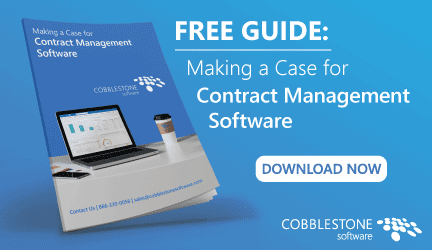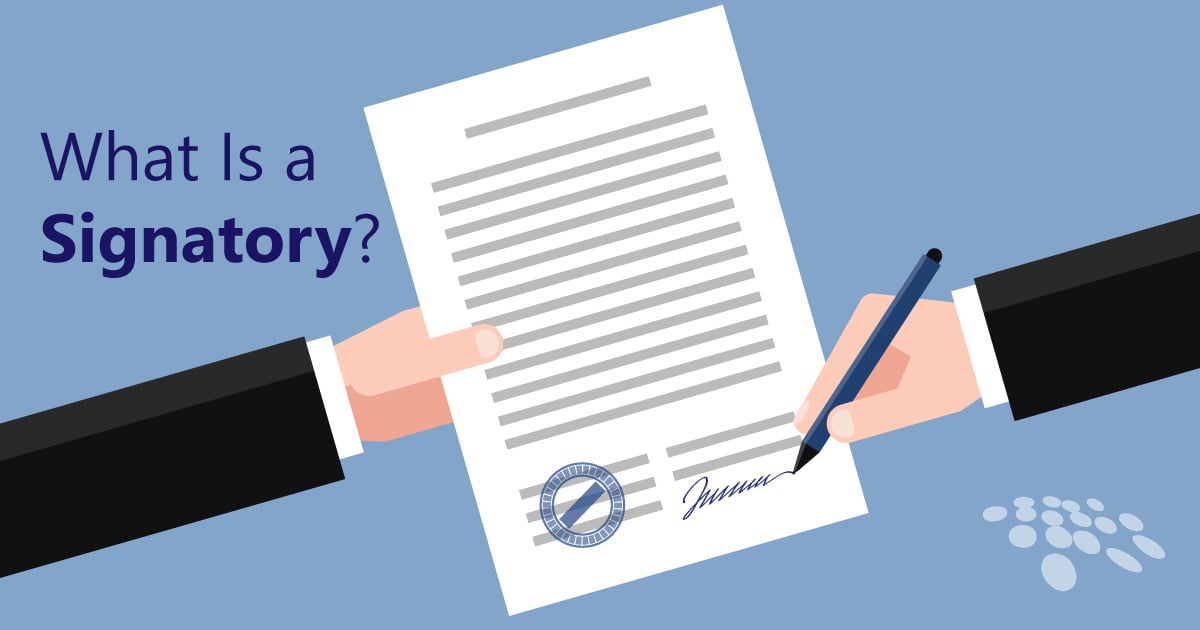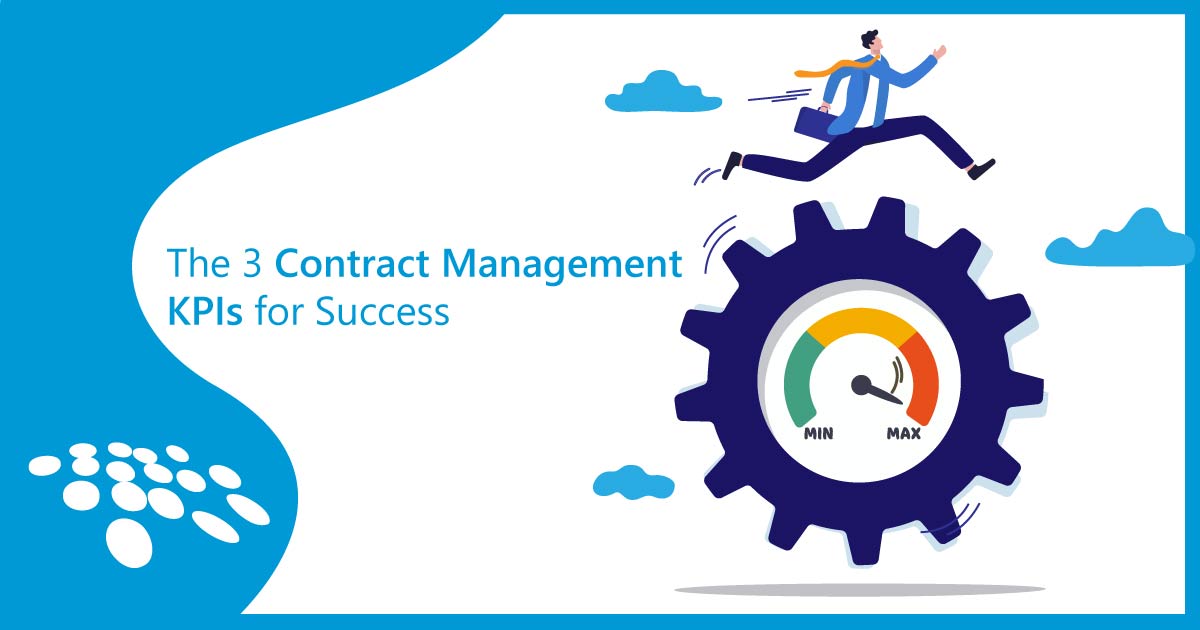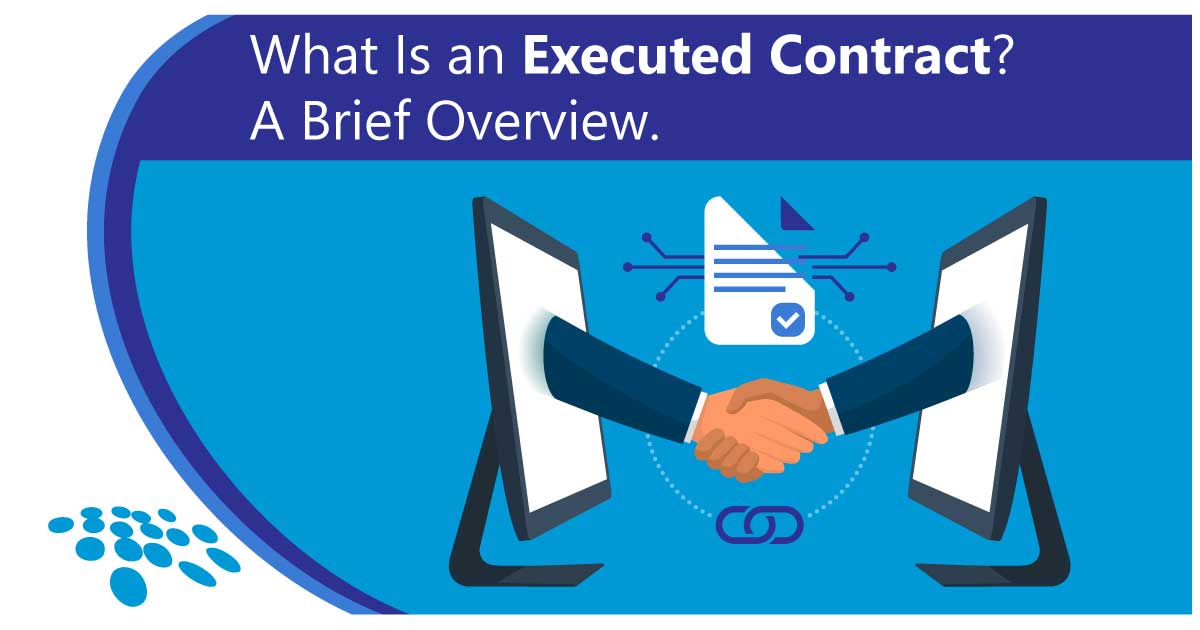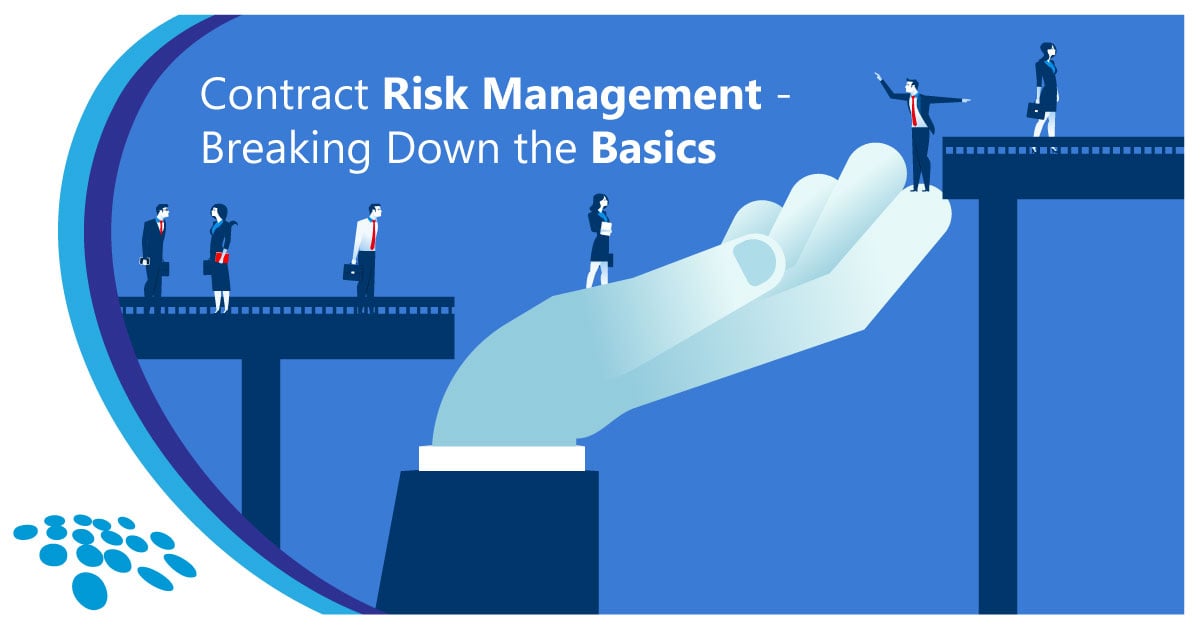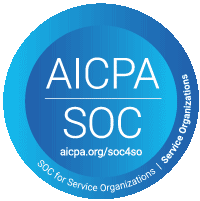
Healthcare organizations and large health systems face ever-thinning margins and an industry-wide move away from fee-for-service contracting models to complex, value-based contracting models and reimbursement structures. Most of these organizations still take a manual approach to managing hundreds to thousands of payer contracts, provider contracts, vendor contracts, and more.
Manual contract management processes increase costs and liability, leak revenue, and cause negative personnel and patient experiences. This outmoded strategy prevents healthcare executives from leading the way to streamlined operations, increased compliance, and improved bottom lines – but a leading contract lifecycle management suite can help.
Take a Pulse on How Healthcare Manages Contracts
Technology, regulations, and demands evolve rapidly, and the healthcare industry is struggling to keep up. The majority of healthcare organizations rely on spreadsheets, fragmented file storage, and email to manage contracts. Manual contract management not only slows contract cycles down – it costs healthcare systems and organizations over one hundred billion dollars yearly.
The exponential expense of doing business in the healthcare industry originates from organizations’ futile attempts to manage vendor contracts, transactional contracts, real estate contracts, healthcare contracts, physician contracts, and more. The failing system presents an increased margin of error, is missing information, doesn’t provide cross-departmental transparency and access to data, cannot prevent unauthorized changes, doesn’t support bulk actions including signing and amendments, and is unable to effectively and consistently safeguard sensitive data.
Symptoms that Reveal Healthcare Contract Management Ruptures
Manual contract management can cause a plethora of issues for healthcare organizations in all areas, but how does the looming high cost of business acceleration reveal itself? Take a look at some of these manual healthcare contract management symptoms:
Missed reimbursements due to confusing submission requirements and inconsistent policies, combined with ineffective monitoring and management of reimbursement requirements, fee schedules, and payer conditions.
Lack of standardization of required terms, contract templates, and legal changes cause revenue leakage. Costs will continue to rise when organizations lack contract automation to help maintain compliance for regulations, reforms, new laws, and evolving standards from HIPAA, JCAHO, Medicare Stark Law, and more.
Lack of cross-departmental transparency results in missed requests, unpredictable turnaround times, missed key dates and milestones for contract renewals, expirations, and terminations.
Procurement challenges compound from the inability to keep up with thousands of vendor contracts entailing price changes and discrepancies, duplicate spending issues, addendums, and obligation and renewal management.
A workplace culture of negativity arises from unequal contract administration workload distribution and deficiencies in leadership and accountability for managing contracts.
Healthcare leaders certainly have many ailments regarding contract management that need to be fixed. The antidote is healthcare contract lifecycle management that integrates and enhances the current process with automation.
CLM Software: The Remedy for Healthcare Contracts
Healthcare leaders must find a contract management solution that will help all stakeholders in critical areas.
General Counsel needs access to real-time data to ensure payments align with agreed payment schedules. Compliance needs document access and transparency to identify contracts that have been executed correctly and those that are not compliant. Operations are focused on process management and capital and service purchasing, so they need a reliable way to increase cash flow and manage costs.
In summary, healthcare leaders must identify the solution that can provide contract centralization, accessibility, visibility, and automation to improve payment accuracy, negotiation strategy, and patient net revenue. In addition, the chosen solution should excel at automating contract tasks, creating complete audit trails, and reducing risk. That solution is leading CLM software that can help healthcare organizations:
- increase productivity by capturing all contract-related data in an easy-to-use system with unlimited contract storage.
- proactively manage all contract details, deadlines, renewals, and legal and financial obligations.
- leverage intelligent workflows for request and rebate tracking.
- generate contracts fast with pre-approved templates, contract data merging, and contract artificial intelligence.
- manage contracts within complex organizational structures with accessible, accurate, and actionable data.
- automate the entire contract lifecycle starting with intake, then moving to legal review, and ending with the contract administration team. This approach helps to ensure correct signing and database administration along with expanding into vendor management, procurement, and compliance.
Case Study: See how a chain of acute care facilities used CobbleStone Healthcare Contract Management Software to manage contract renewals and reporting effectively.
Better Contract Management for the Healthcare Industry
It’s time to put an end to fragmented healthcare contract management processes. A new approach is required for healthcare organizations and systems to remain profitable while creating patient-centric organizations. That approach must be implementing contract lifecycle management software.
Since 1995, CobbleStone Software has been providing industry-leading contract management software. Cobblestone is recognized as a staple of effective contract management, particularly in the health care industry. CobbleStone’s Contract Insight® is a web-based, flexible solution that benefits thousands of users in large and small organizations throughout both the public and private sectors.




